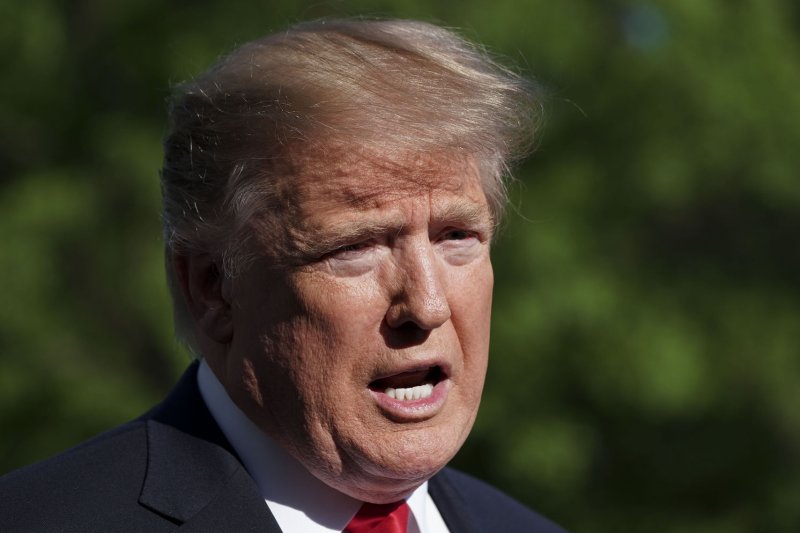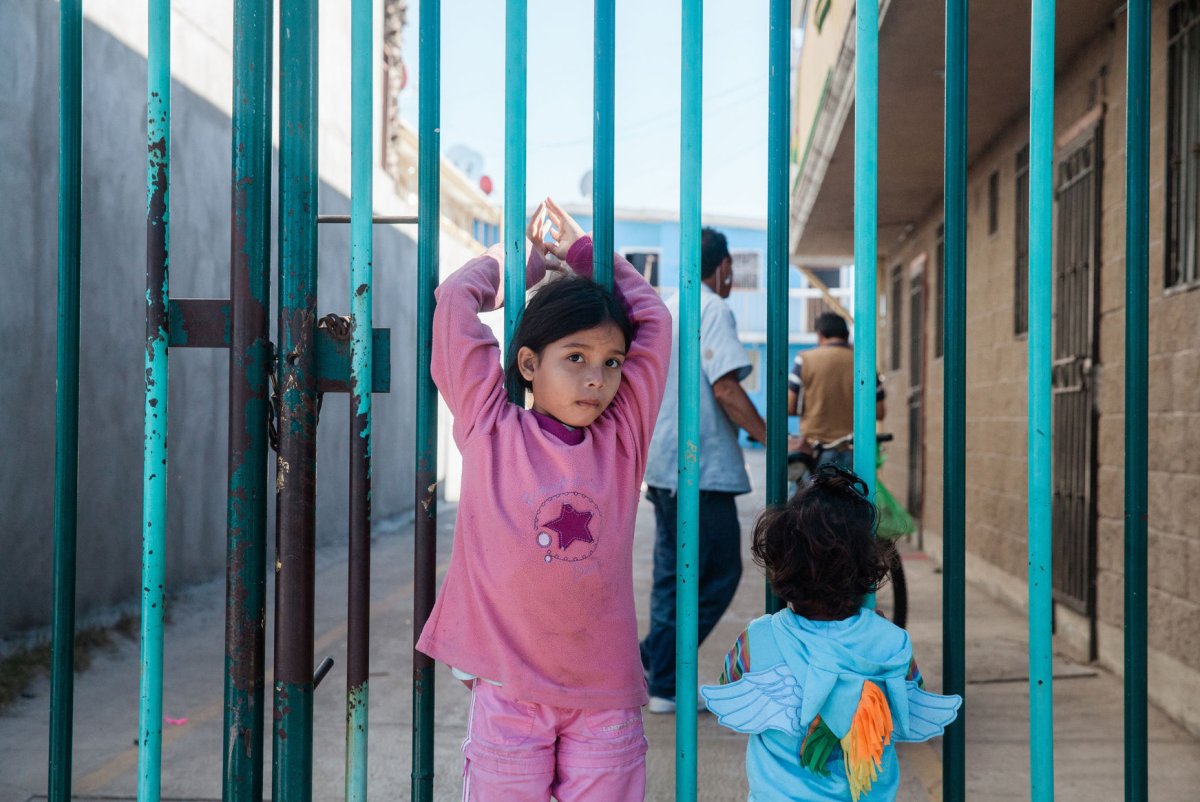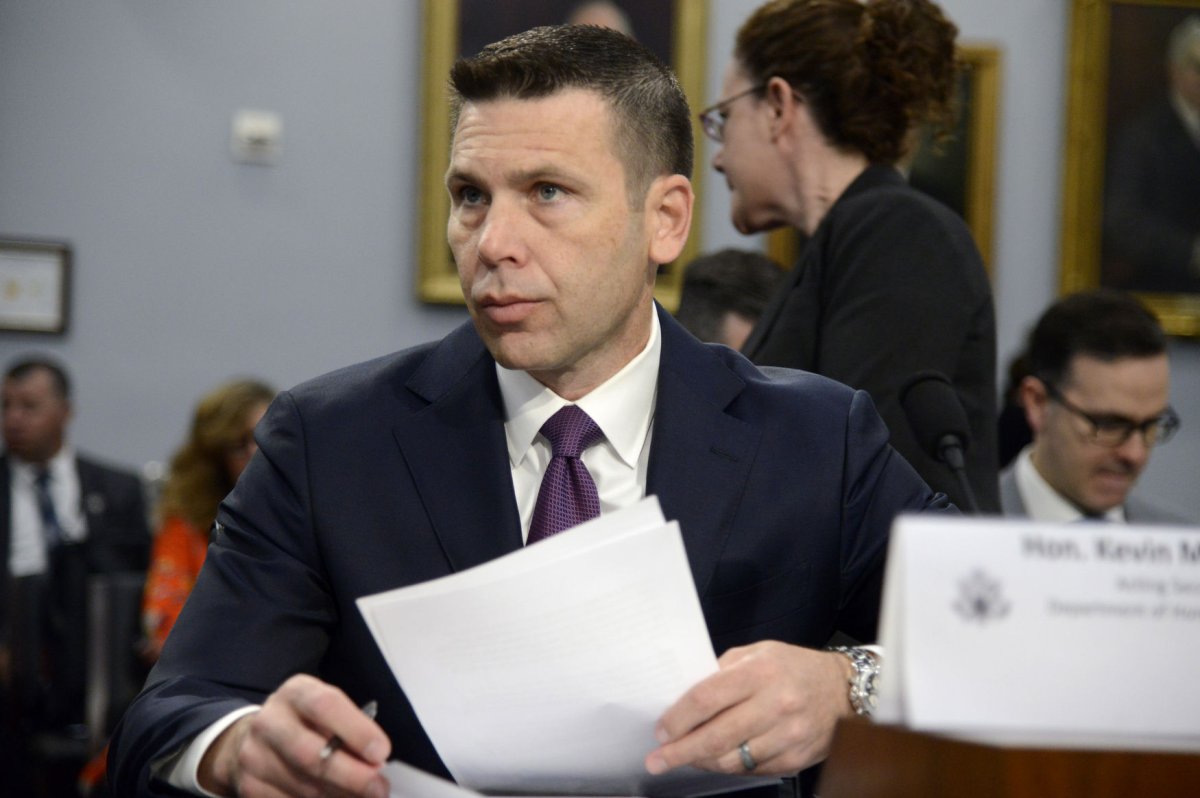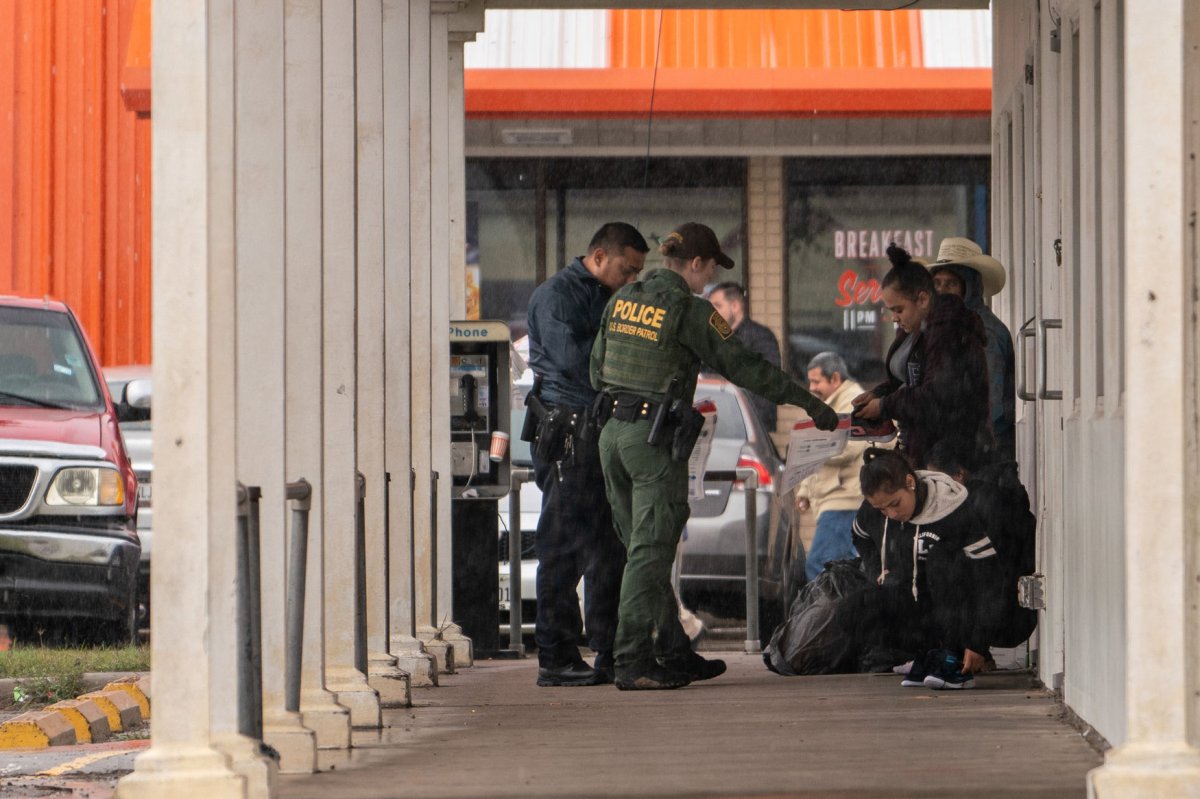'Express deportations' surge on Mexico's southern border
By Patrick Timmons
MAY 4, 2019
A migrant woman walks toward Mexico's largest migrant detention center in Tapachula, Chiapas, on Thursday. Photo by Patrick Timmons/UPI.
TAPACHULA, Mexico, May 3 (UPI) -- Government statistics show that Mexico's deportations of migrants from Central America, Cuba and Haiti surged in April, adding to their despair as they wait for days to obtain immigration documents at the border with Guatemala.
In April, Mexico deported more than 14,000 migrants to their countries of origin. That's an increase of 3,000, or 24 percent, over March, according to official but unpublished data obtained by Mexican newspaper
La Jornada and confirmed by Mexico's National Migration Institute press office.
In April a year ago,migrants Mexico deported just under 10,000 migrants.
"Maintaining control over our southern border is not a choice -- it's a state obligation," said Olga Sánchez Cordero, Mexico's Interior Minister, at a press conference April 23. "If migrants want to enter our country they have to do so in an orderly and regulated manner by registering with us. And they must respect our laws."
Growing evidence of Mexico's border enforcement is mounting at the country's largest migrant detention center in Tapachula, a city in the southern state of Chiapas and a short distance from the Guatemala border.
Hundreds of migrants gather outside each day to wait for their turn to apply for immigration papers. They hope these documents will give them an opportunity to travel through Mexico to the United States.
"If we don't register with the government, immigration agents can deport us if we try to leave Tapachula," said Eramel Filsamine, 35, a migrant from Gonaïves, Haiti, who is traveling with his wife and their two 6-month-old twin daughters.
The Filsamine family has been traveling for more than two years. First, they flew from Haiti to Chile, where they spent months waiting for immigration papers in Santiago. When they didn't obtain documents in Chile, they decided to head north, hoping to make it to the United States.
"I can't go back to Haiti," Filsamine said. "The police tried to kill me. So now I have to wait. I've been here waiting for an appointment for six days, but I know people who have been waiting even longer."
Filsamine's friend, Julien Desting, 32, is from Cap-Haitien and also is waiting for immigration papers outside the detention center. Desting and his wife have two daughters, ages 8 and 4d. Filsamine and Desting did not know each other in Haiti, but met in Chile two years ago.
"Now we are renting a house together in Tapachula while we wait for papers," Desting said. "Our wives are at home with the children. Sometimes we don't have enough money for food, but when we do, we try to cook chicken and fish because it reminds us of home."
As Filsamine, Desting and hundreds of other migrants waited to apply for papers that give them a legal foothold in Mexico, three buses filled with migrants and escorted by a convoy of federal police left through the detention center's main gates.
"Those buses are filled with Cuban men who are going to be deported from Tapachula's airport," said Jose Antonio Román, a lawyer who was waiting outside the detention center, where his clients are being held.
"I've won stays of deportation for my Cuban clients from the federal court here. But I'm also learning authorities are deporting them in violation of the court order," Roman said.
As the buses passed, a group of agitated Nicaraguan women approached Filsamine and Desting. "Don't sign anything they give you," said one woman who declined to provide her name. "If you sign their papers, they will deport you," she said.
Advocates in southern Mexico say immigration agents are pressuring migrants to sign "voluntary removal" documents without knowing their contents and without knowing they have a right to a lawyer's advice.
"There's a total absence of due process guarantees and respect for rights," said Salva Lacruz, a coordinator at the Fray Matías de Córdova Human Rights Center in Tapachula.
At a press conference Thursday convened by the Fray Matías Center, a collective of migrant advocates presented a report about Mexico's immigration enforcement since the large caravan of migrants left Honduras in October. The collective said mass deportations have become more common since January after another large caravan formed in Honduras.
"These are express deportations," said Carlos Cotera, the Tapachula-based director of the Jesuit Migrant Service and a participant in the human rights monitoring mission. Cotera said the deportations have increased even more since 1,200 Cubans broke out of the detention center two weeks ago.
Mexico's surging deportations have surprised migration policy experts. When President Andrés Manuel López Obrador took office in December, he vowed that Mexico would welcome migrants and respect their human rights, a sharp departure from the detention and deportation policy of his predecessor,
Enrique Pena Nieto.
The new government decided to offer migrants humanitarian visas, allowing them to travel freely throughout Mexico and leave the country. But after issuing more than 10,000 of them in two months, the government shuttered Tapachula's humanitarian visa office in January.
That move stranded thousands of migrants on Mexico's southern border because they have no legal way to leave Tapachula and cross the country.
"Certainly, the Mexican government is doing more enforcement over a year ago," Ariel Soto, associate policy analyst at the nonpartisan Migration Policy Institute in Washington, D.C., said in a telephone interview as he compared this year's data to last year.
At the end of March, and because of unprecedented numbers of migrants apprehended by U.S. Border Patrol, President
Donald Trump threatened to close the U.S.-Mexico border, saying that Mexico's government had to do more to stop migration north.
"Mexico's president and the interior minister have said publicly they do not want a contentious relationship with the United States and they want to work together," Soto said. "And now it's clear the Mexican government's response has been more immigration enforcement."
Government statistics show that Mexico's deportations of migrants from Central America, Cuba and Haiti surged in April, adding to their despair as they wait for days to obtain immigration documents.

www.upi.com



















